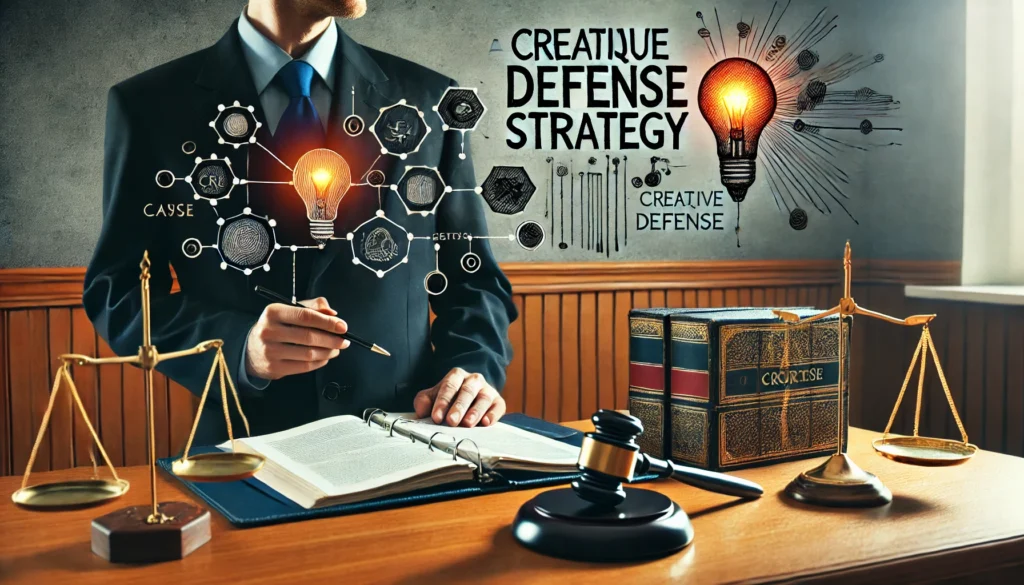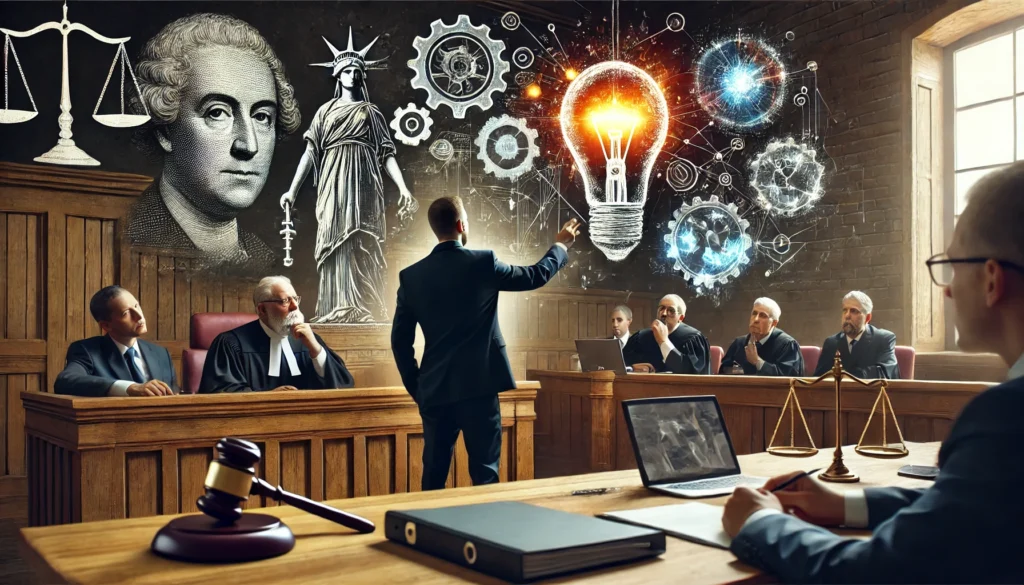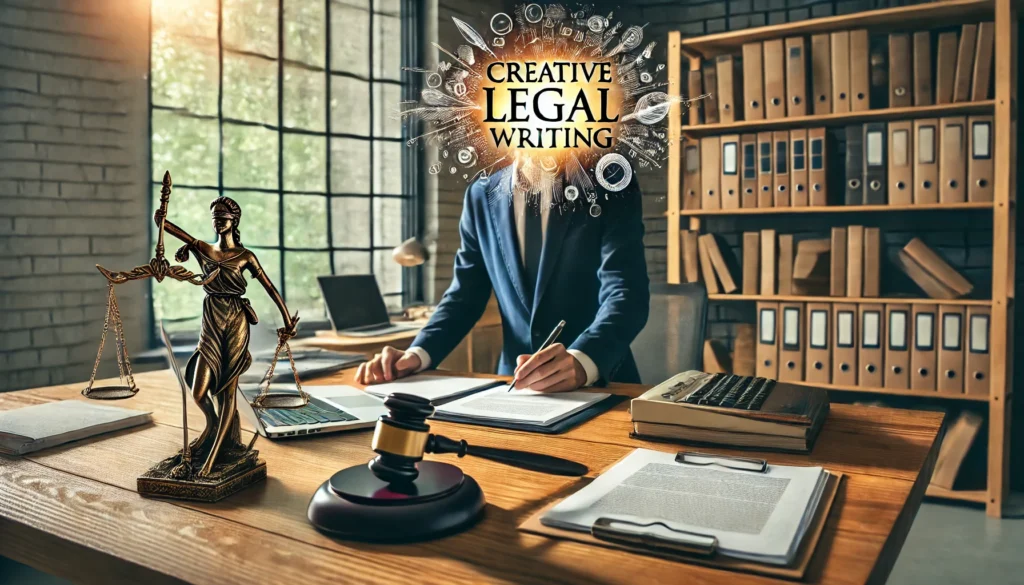Lawyers are often viewed as skilled professionals who navigate complex legal systems, interpret laws, and represent their clients in various legal matters. One common question that arises is whether is lawyer creative freedom possible in their work. In a profession that requires a strict adherence to rules and precedents, the concept of creative freedom seems paradoxical. However, it is crucial to understand how creative freedom applies within the boundaries of the law, and how lawyers can balance creativity with the responsibilities imposed by professional and ethical standards.
The Nature of Legal Work
Legal work is both structured and strategic. Lawyers operate within a framework defined by the law, court rules, and precedents, yet they are also tasked with solving complex problems and crafting effective solutions. The ability to think creatively is an essential part of the lawyer’s toolkit.
While much of a lawyer’s work involves interpreting laws, presenting evidence, and following procedural guidelines, there is still significant room for creativity. Lawyers must adapt their strategies depending on the unique circumstances of each case. This often involves framing arguments in novel ways or presenting evidence in a manner that best supports the client’s position. Thus, the creative aspect of law involves not just understanding the law, but also applying it in innovative ways.
Ethical and Legal Constraints
Despite the potential for creativity, lawyers’ actions are constrained by ethical guidelines and legal principles. The legal profession upholds a set of ethical standards designed to ensure fairness, integrity, and professionalism. For instance, lawyers are bound by the Model Rules of Professional Conduct established by the American Bar Association (ABA) or equivalent bodies in other countries. These rules require lawyers to act with honesty, uphold the law, and avoid making misleading arguments or using fraudulent evidence.
Additionally, the law itself imposes limits on a lawyer’s creativity. Lawyers must operate within established precedents, rules of evidence, and statutory guidelines. While they can find innovative ways to present arguments, their creativity cannot extend to fabricating evidence or making dishonest claims. This creates a fine balance: a lawyer’s creativity is encouraged, but it must always align with the law and ethical standards.
Areas Where Lawyers Can Exercise Creativity
Though limited by certain constraints, there are several areas in which lawyers can exercise creativity:
- Legal Argumentation: One of the primary ways lawyers express creativity is through the development of legal arguments. A lawyer must analyze the facts of a case and apply relevant legal principles in a way that persuades the court. Crafting a compelling legal argument often requires innovative thinking, finding new ways to interpret the law, and applying it to novel situations.
- Negotiation and Settlement Strategies: Lawyers frequently negotiate settlements on behalf of their clients. In such negotiations, creativity plays a critical role in finding mutually agreeable solutions. A skilled lawyer can devise creative settlement options that avoid lengthy court proceedings, saving time and money for their client.
- Legal Writing: Drafting legal documents, such as contracts, motions, and briefs, is another area where creativity is essential. Legal writing is not just about following a prescribed format; it’s about presenting complex ideas in a clear and persuasive way. Creative lawyers know how to structure their documents to appeal to the intended audience, be it a judge, jury, or opposing counsel.
- Strategy in Litigation: Litigation is often about finding creative ways to present a case in front of a judge and jury. Lawyers must decide which arguments to emphasize, how to organize witness testimony, and what strategies to employ to win a case. Creativity in litigation can be the difference between winning and losing a case.
Examples of Lawyer Creativity
There are many examples where creative legal strategies have made a significant difference in high-profile cases:
- Innovative Legal Defenses: Some criminal defense lawyers have developed unique strategies to defend clients, such as the use of psychological or behavioral science to explain their client’s actions. One notable case involved a lawyer who successfully used the “twinkie defense,” arguing that excessive sugar consumption contributed to the defendant’s actions.
- Negotiation Tactics: In complex corporate litigation, lawyers often employ creative settlement strategies that involve non-financial solutions, such as restructuring a business or agreeing to public apologies. These creative strategies can prevent prolonged court battles and maintain relationships between parties.
- Revolutionary Legal Arguments: During landmark cases such as Brown v. Board of Education, the lawyers had to present novel arguments that challenged established precedents. Their creativity in arguing for the integration of public schools was instrumental in changing American society.
Limits to Creative Freedom
While creativity is encouraged, lawyers are still bound by several limitations:
- Judicial Interpretations and Precedents: Judges and courts are bound by previous rulings, also known as stare decisis. A lawyer’s creativity cannot override established legal principles or precedents. If a case is based on a prior decision, lawyers must find creative ways to distinguish their case, not ignore it.
- Professional Rules: The ABA Model Rules provide ethical guidelines that all lawyers must follow. These rules prohibit lawyers from making false statements, using deceptive tactics, or representing clients whose actions the lawyer knows to be fraudulent. Thus, a lawyer’s creativity must always be aligned with these ethical boundaries.
- Factual Evidence and Legal Truth: A lawyer’s creativity cannot extend to manipulating facts or engaging in unethical behavior. They must base their strategies on the facts at hand and the law, even when developing creative arguments. Misrepresenting facts, even for the sake of a “creative” defense, is a breach of professional conduct.
The Importance of Creative Freedom for Lawyers
Creativity in law is not just about crafting unique legal arguments; it’s also about solving problems in ways that best serve clients’ interests. Here’s why creative freedom is vital for lawyers:
- Fair Representation: Lawyers’ ability to think creatively ensures that clients are represented effectively, especially when faced with complex or novel legal challenges. Creativity allows lawyers to present the strongest possible case, even in difficult circumstances.
- Creative Problem-Solving: Lawyers often work to resolve disputes outside of court. Creative negotiation and settlement strategies can help resolve issues in a way that benefits all parties, reducing the need for litigation and preserving relationships.
- Advancing the Legal Profession: The legal field is constantly evolving, and creativity plays a central role in shaping its future. Innovative legal strategies can lead to significant changes in law and policy, improving the justice system as a whole.
Conclusion
In conclusion, while lawyers are constrained by ethical guidelines, legal rules, and precedents, is lawyer creative freedom still a significant aspect of their work within those boundaries. From crafting persuasive legal arguments to finding creative solutions in negotiation and litigation, lawyers play a vital role in ensuring justice. Creative freedom allows lawyers to adapt to unique situations, challenge outdated interpretations, and advance legal principles. However, it is essential to remember that this creativity must always align with the law, ethical standards, and the pursuit of justice. The legal profession thrives on this delicate balance between creativity and constraint.
FAQs
Can a lawyer be overly creative in presenting a case?
While creativity is encouraged, a lawyer must always base their arguments on facts, legal precedents, and ethical standards to avoid misleading the court.
How do ethical rules limit a lawyer’s creativity?
Ethical rules ensure lawyers do not use dishonest tactics, limiting creativity to strategies that uphold truth, fairness, and client integrity.
Is creative freedom important for lawyers in negotiation?
Yes, creative solutions in negotiation can lead to beneficial settlements, saving time and resources while preserving client relationships.
Do lawyers need creativity to win a case?
Creativity is essential for framing compelling arguments and finding innovative strategies, but it must align with legal standards and the facts of the case.
Can creativity in law lead to changes in legal precedents?
Yes, innovative arguments and legal strategies can influence court decisions, challenging existing precedents and advancing legal evolution.
Article Recommendations
MyLawyer360.com: Simplifying Legal Guidance and Assistance
Staten Island Attorney Forster and Garbus Fake Summons: A Wake-Up Call for Consumer Awareness
Accident Lawyer Rank with Rapid URL Indexer: Top Benefits for Law Firms
Above Ground Pools Laws Boone Iowa: What Homeowners Need to Know
Italian Association of Legal Clinics: Bridging Education and Justice




